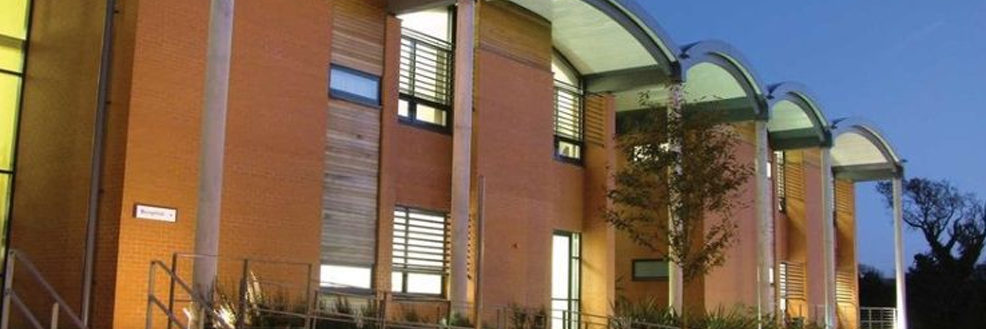Put on your cape and pull up you tights because now we can ALL be integrity warriors! Well, that seems to be the newest, en vogue idea in the world of anti-corruption at least…
Citizen engagement is an understandably popular idea. The promise of repurposing the very victims of corruption as monitors, watchdogs, data gatherers and activists evokes a powerful sense of social justice, indeed the very reason that many of us care about the corruption problem in the first place. It is a sad reality then that in practice these strategies often yield decidedly disappointing results, leading us to a difficult proposition. That perhaps it’s time to put aside the convenient morally absolutist rhetoric and break bread with the ‘enemy’.
The term “Citizen Engagement” covers a variety of strategies from the technology driven Ipaidabribe.com to the comic stunts of Dejemos de Hacernos Pendejos (Quit Being an Ass) and beyond. It is this variance that highlights one of the major strengths of the idea that just as corruption can manifest in a variety of ways so too can citizens be engaged as an appropriate reflex. However those schemes that fail to make use of the specific cultural and political landscape where they operate often achieve nothing more than “awareness raising”, an important capacity to be sure, but one seemingly ascribed to even the most disappointing of citizen engagement strategies, like the medal for ‘participation’ awarded to those of us less physically inclined for bothering to show up to our school sports day.
If we look at the work of Shayfeen.com in their “We See You…” campaign to monitor the 2005 parliamentary election in Egypt, we can see some truly inspiring innovations. Tactics included clever branding of their logo and training their members and volunteers in the use of video technology that allowed them to purportedly record thousands of incidences of corruption leading to the implication of 18 judges in electoral fraud. However despite protests and activism these judges were protected by the Mubarak regime. Again in the case of Kenya’s MUHURI (Muslims for Human Rights) which intended to conduct a social audit into the mismanagement of community development funds. Results of the scheme were limited as Kenya lacked any right to information legislation and so as one might expect obtaining the relevant documents proved difficult with the scheme relying on the voluntary participation of elected officials. Interestingly though, those elected officials who complied with the scheme were able to parley their involvement into an anti-corruption platform for future elections.
Getting citizens to engage their own collective power against corruption is relatively straightforward. Citizens are vulnerable to both the day to day negative effects of petty corruption as well the infrastructural damage caused by grand corruption and so in many ways they have the most to gain from its eradication. However enlisting the necessary cooperation from the beneficiaries of corruption will likely be more challenging. After all “turkeys don’t vote for Christmas” but maybe they’d vote for snow, indoor trees and the Dr Who Christmas special. Our turkeys have even proven their fondness for ‘gifts’. So the true challenge would appear to be designing adequate ways to incentivise officials and make use of their power and influence rather than treating them as yet another obstacle. Schemes such as the South Korean social movement CAGE (Citizens Alliance for the General Election) who produced a non-partisan blacklist of corrupt politicians designed to influence voters in upcoming elections. Whilst this scheme would appear to fit into that familiar ‘us and them’ way of thinking it has an indirect and ulterior function of promoting those ‘clean’ politicians waiting to take office. Similarly Dosta! (Enough!) in Bosnia-Herzegovina deliberately targeted the then Prime Minister Nedžad Branković in order to make an example of a prominent public figure. Again on the surface this would appear to bring the group into conflict with office holders but Branković was strategically selected by Dosta! due to his waning popularity within his own party. The ousting of Branković could then be seen as a shared goal of Dosta! and his detractors in the Party of Democratic Action.
However just as the fear of reprisal represents a major hurdle in the engagement of citizens so to might we expect public officials to be perturbed by potential retaliation. The power of public officials and institutions should not be overestimated as they operate within the same restrictive political and cultural boundaries as citizen groups. For example, Shayfeen.com’s election monitoring mentioned above lead the group to engage with two judges that attempted to bring criminal prosecutions against those involved with the alleged rigging. In retaliation these judges were themselves investigated and had charges brought against them.
Seeking the engagement of public officials will undoubtedly seem heinous to many anti-corruption champions. It will be a difficult task both practically and morally to unite citizens with public officials, many of whom may be engaged in their own corrupt activities. Choosing the lesser of evils may not be a decision that many want to make but it may be important if citizen engagement is ever to live up to its potential and not prove as inadequate as the lumbering one-size-fits-all approaches that once dominated anti-corruption policy.
Bob Ferrie
University of Sussex


Leave a Reply